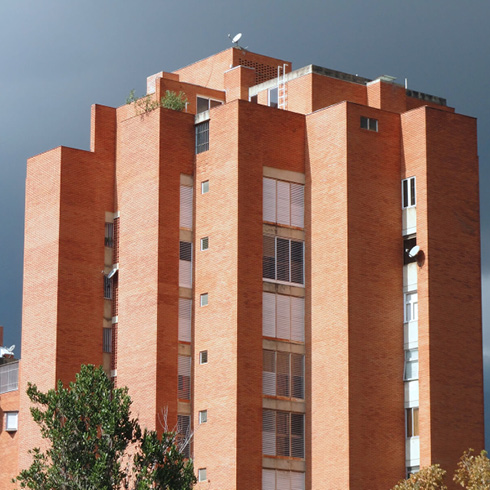DNN
The Plancharts were a couple who loved architecture and art. While Armando, who made a fortune as an exclusive agent for GM’s Cadillac in Venezuela, loved orchid growth and hunting, his wife dedicated herself to modern Caracas’ cultural life. Both looked for a place and an architect for their dream house. To fulfill such dream they chose a privileged hill at the valley of Caracas, and the godfather of the rebirth of the postwar Italian design, the Milanese architect Gio Ponti (1891-1979), the director of the Domus magazine. Villa Planchart, one of the most famous houses of the XXth Century architecture and nown as «El Cerrito», is one of the Italian architect’s most important works. He referred to it as his masterwork. The Villa, a patio-house, is the result of a perfect symbiosis between the Planchart couple and Ponti; they kept a marvelous relationship by means of letters and telegrams during the house’s design process, adding to the sending of profusely detailed plans, frequent visits to Caracas by Ponti. The placing and orientation as related to the Ávila mountain is a key matter: subtly standing on a hill top, in a 4 acres lot with a 360 degrees view, is a privileged witness of the city’s growth. Although inspired on he shape of a butterfly, its diamond shapes are reminiscent of the Pirelli tower (1958). Circulation is set starting from planes and lines on the floors and roofs, leading the visitor towards the main hall, from which the whole house may be seen. The Villa’s concrete structure holds the external walls, seemingly floating, covered by vitrified hammered tiles. Most material was sent from Italy to be finally placed by Portuguese and Italian immigrants who came to Caracas during the fifties after the Second World War. Ponti took care also of incorporating his own designs of the furniture produced for Altamira, Cassina and M. Singer & Sons, among other, as well as lamps produced for Arredoluce and Fontana Arte, among other. The design of the objects ads to the exquisite collection of art, particularly the ceramic mural located at the patio (Fausto Melotti, 1901-1986), the mobile placed at the entrance (Calder, 1898-1976) and the paintings of Armando Reverón (1899-19540. Inside, Armando Planchart’s wonderful collection of orchids, impregnating the house with aromas and colors, are a sensorial experience. The Villa’s plans and documents are currently kept at the Planchart Foundation’s archives. This house of modernity may be seen from different angles of the city, is one of the most important assets of the XX century’s architecture and one of the city’s best kept secrets.



